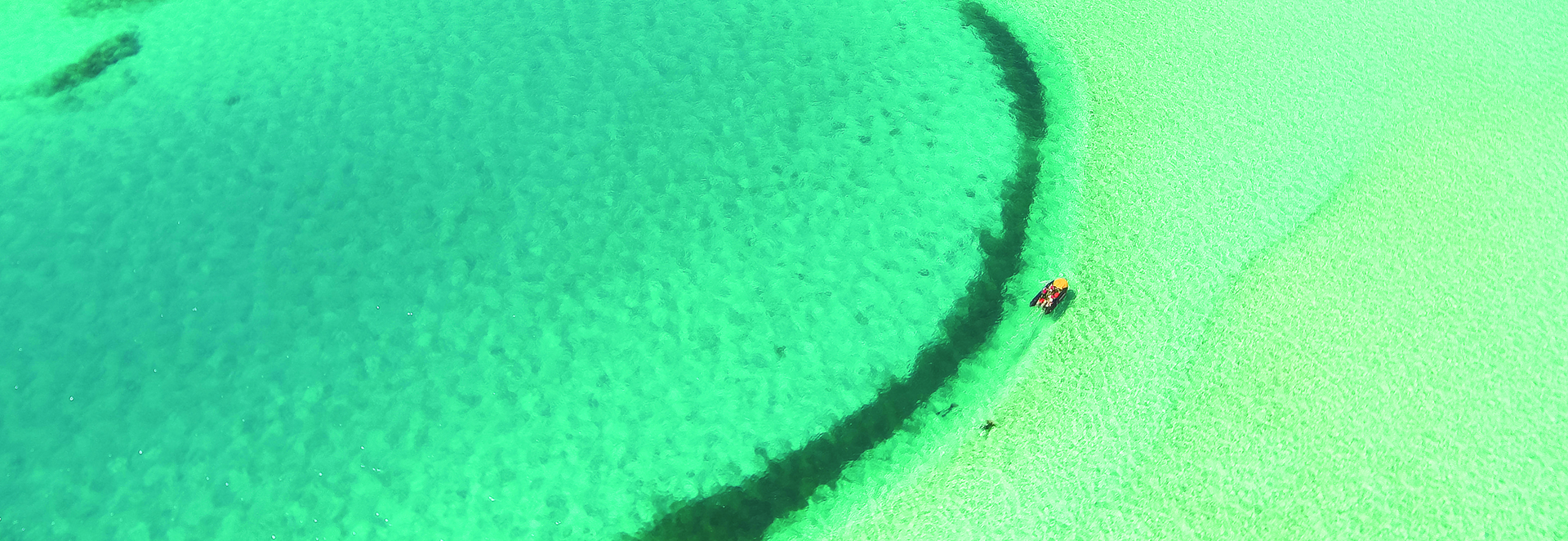Papahānaumokuākea Marine National Monument

Location: Northwestern Hawaiian Islands
Size: 582,578 square miles
Designated: 2006 (expanded 2016)
Habitat: Atolls, coral reefs, seamounts, open ocean, deep sea
Visit WebsitePhotos (above, clockwise from top left): John Burns/NOAA; Greg McFall/NOAA; Andrew Gray/NOAA; Stephen Matadobra/NOAA
The name Papahānaumokuākea commemorates the union of two Hawaiian gods—Papahānaumoku and Wākea—who gave rise to the Hawaiian Archipelago, and the Hawaiian people. Papahānaumokuākea Marine National Monument protects the largest conservation area in the United States, and one of the largest in the world. The monument encompasses the waters around the remote Northwestern Hawaiian Islands, and is a UNESCO World Heritage Site.
The 582,578-square-mile stretch of islands, seamounts, banks, and coral reefs supports an incredible diversity of coral, fish, birds, marine mammals, and more, many of which are unique to the Hawaiian Archipelago. Many of the islands and shallow water environments are important habitats for rare species such the threatened green turtle and the endangered Hawaiian monk seal. Here, 14 million seabirds representing 22 species breed and nest.
Papahānaumokuākea is of great importance to Native Hawaiians, with significant cultural sites found on the islands of Nihoa and Mokumanamana. Mokumanamana is known for its numerous wahi pana (religious places) and mea makamae (cultural objects) and has spiritual significance in Hawaiian cosmology. Monument staff work closely with Native Hawaiian researchers and leaders to preserve and honor these culturally-important areas.
The monument is co-managed by NOAA, the U.S. Fish and Wildlife Service, the state of Hawai‘i, and the Office of Hawaiian Affairs. Access is limited and managed through a robust permitting process. However, you can get to know your monument by visiting the Mokupāpapa Discovery Center in Hilo, which features a saltwater aquarium, interactive educational exhibits, and more.






